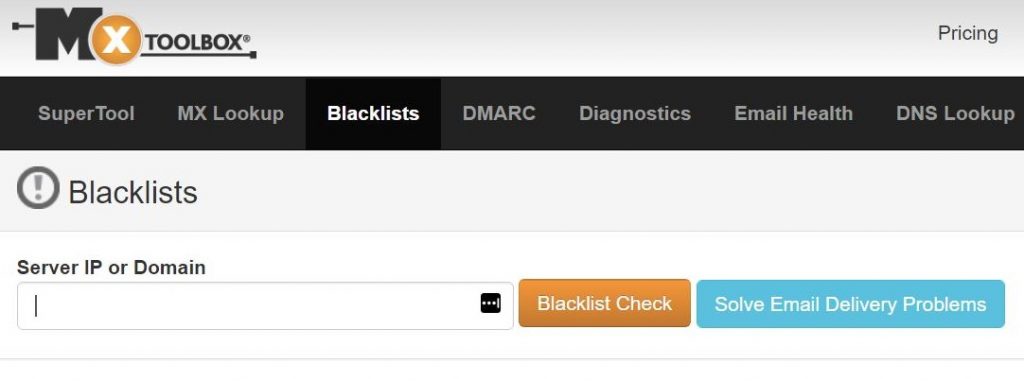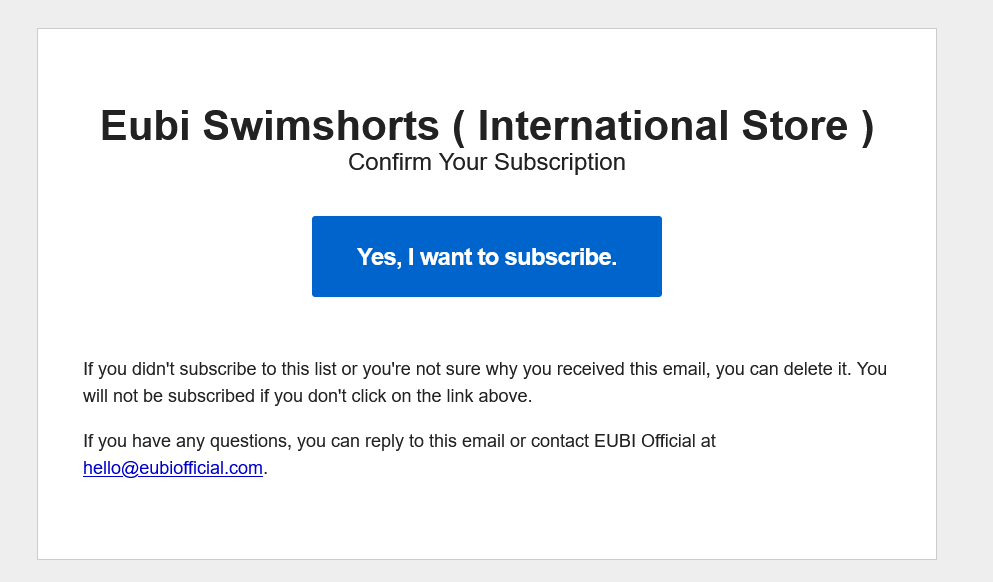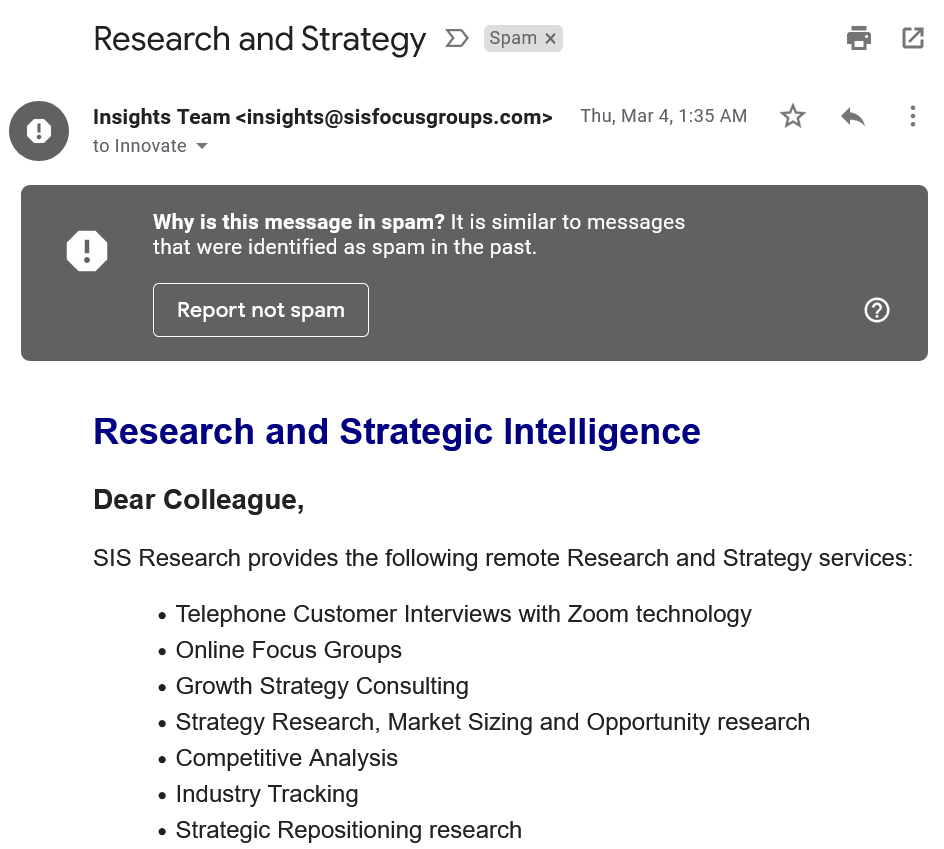There’s nothing more frustrating than designing a great email marketing campaign for your business to drive new customers, only to notice that a large percentage of those newsletter emails are going to spam. It might also leave you feeling like your efforts are wasted. In this article we will review the reasons why your marketing emails might end up in spam folders and some tips on how website maintenance to avoid this in the future.
So why does this happen?
In a recent study from March, over 53% of email traffic was considered spam. With such large volumes of spam emails being generated, spam filters oftentimes flag certain emails due to shared hosting or because proper spam protections aren’t in place.
Advertising alone makes up about 36% of spam emails. Spam filters tend to block sales messages as they can be used for phishing scams as a way to steal personal information. But as a business owner trying to use email marketing as a part of their selling campaign, it can be frustrating to realize that some of their leads don’t even have the opportunity to open their emails. This can negatively affect business sales, as well as make it difficult to track email engagement in a marketing campaign.
Normally these kinds of issues are picked up by website maintenance services – but to combat these lost opportunities, you first need to understand why your emails might be going to spam. Here are some of the reasons why this happens.
1. Your emails are getting stuck in spam filtering
Spam filters help detect unsolicited or virus-infected emails to stop them from getting into email boxes. Spam filters are applied to both inbound and outbound emails. The problem with spam filters is that mistakes can occur and legitimate emails can be mistakenly detected as spam.
Other tools like Google Apps and Gmail have social and promotions folders that automatically prevent emails Google things are marketing oriented from reaching the inbox tab.

2. Your IP address has been used for spam on shared hosting
The problem with shared hosting is that you are sharing one server with millions of other people. Sharing the server with other businesses means that there will be a higher likelihood for spam activity such as domain spoofing and phishing because it more easily gives access to information spammers can use. Many businesses offer shared hosting as a way to drive costs down for buyers, but it often can result in these types of domain issues.
How can you check if your IP address has been blacklist? Use MXToolbox’s Blacklist checker:

A better solution is to purchase dedicated hosting, which ensures better deliverability success for emails and less phishing activity because the server is not shared with thousands of other people.
3. Your email marketing should be sent to subscribers that opt into your emails
If you are sending emails to business leads that were generated from list building or found randomly online, more likely than not some of these emails will go to spam. An alternative way to build your brand through email marketing is by offering a way to opt into your emails, such as through an online form on your website. When a visitor fills out this form, they can check a box that gives permission to send marketing emails and updates from your business. These forms also give great insight as to which visitors are interested in staying up to date with information your business has to offer, making them a great lead to focus on converting into a customer.
For even great confidence enable double opt in confirmations, when a visitors opts into your emails they will have to further confirm they did so intentionally.

4. You forgot to include an unsubscribe link at the end of your emails
Most email marketing databases provide the ability to add an unsubscribe link to the bottom of your marketing emails. This allows a subscriber to opt out if they no longer wish to receive emails from your business. Failure to include an unsubscribe link can actually result in deliverability issues for your email campaigns as spam filters may view these as phishing emails through mass sending. So before you click the send button for your next email campaign, double check that you have included an unsubscribe link at the bottom of your emails. Look at this example, can you find the unsubscribe link? We can’t either:

No unsubscribe link
5. Your emails have low engagement rates
If your emails have low engagement rates, you run the risk of future emails getting caught in spam filtering. To prevent this from happening, you need to evaluate your email marketing campaigns on a regular basis. You want to be sure that you are targeting the right audience that actually has interest in your product or service. Other factors that affect email engagement include:
- Subject line
- Length of the email
- Links to your website within the body of the email
- Personalization of your emails
- Time your emails are sent
6. Your emails are being flagged by recipients
If your emails are flagged as spam by recipients, this notifies a spam filter to not send emails to that particular person anymore. The problem occurs when this happens one too many times, resulting in your email address being flagged as spam entirely and emails from future campaigns are sent right to spam to an even greater percentage of your audience.
To avoid someone from flagging your emails as spam, it is important to have consistent and memorable marketing emails. Keep branding consistent and personalize your emails whenever possible so that you don’t get filtered as spam. As mentioned above, also be sure to include an unsubscribe link to allow someone to opt out of receiving your emails rather than just mark them as spam.
7. Avoid misleading subject Lines
Another way that emails tend to get flagged as spam is through misleading subject lines. Since we mentioned earlier that advertising emails contribute to 36% of spam messages, you want to avoid using subject lines that have overly promotional or misleading headlines. For example, headlines that include transactional language and discounts might get flagged as phishing or spam. Other subject lines that are misleading or untruthful also have a similar outcome, such as “your recent purchase” to someone who has never purchased from you or “following up on our conversation” when they have never engaged with you before.

8. Your emails do not have a signature or address below them
Spam filters also tend to flag emails that fail to include a signature with contact information below it. A lack of this information makes the email seem untrustworthy, so it is important that you include a signature at the bottom of each email you sent. Your signature should include the following information:
- Your full name
- Company Address
- Phone Number
- Unsubscribe Link for Email Opt Out
9. You are not updating your email list
As mentioned before, email engagement matters so you will want to evaluate your email lists on a regular basis. If you have specific individuals that are never opening your emails, you eventually will want to remove them from your campaigns. If you never evaluate your engagement rates, you will have more and more unopened emails, which can trigger future campaigns to be flagged as spam.
10. Your emails aren’t authenticated
Email authentication provides a method of verification of whether or not a message was actually sent from your business. By having your email authenticated, deliverability of your emails can be improved thus reducing the chance that they will be accidentally detected as spam. Email verification also helps prevent phishing and spoofing scams.
Emails are authenticated using SPF and DKIM, which will be further discussed below. SPF (or sender policy framework) specifies which hosts are allowed to send messages from a specific domain, while DKIM (or DomainKeys Identified Mail) provides an electronic signature as a way to authorize which emails sent are actually legitimate.
What is a SPF record and how does it help emails?
SPF plays a role in domain protection through restriction of who is able to send emails to it. SPF determines when a message comes in and what domain it uses to prevent domain spoofing. SPF is also beneficial for stopping improper spam filtering because it reduces the amount of email addresses that are flagged as spam or bounced. There are three elements that make up SPF:
- Policy framework
- Authentication
- Specialized email headers that help provide information about the email itself

Credit: Rejoiner.com
What is a SPF record? The first step in prevention of domain spoofing (or using your domain as the “From” email when sending spam) and stopping legitimate emails from being flagged as spam is to create an SPF record. An SPF record basically designates that the servers and hosts you authorize are allowed to use your domain. This helps your legitimate email and messages coming from it from being flagged as spam.
What is DKIM record and how does it help emails?
DKIM relates more to the content of the email and ensures that it remains trusted and has not been tampered or changed in any way by spammers. DKIM helps to protect the reputation of an organization by keeping all email content legitimate and serves as a form of email authentication. Any recipients of your emails will be notified as to which emails came from your domain and which ones are spam messages sent from someone else.

Image credit Rejoiner.com
You have the ability to create a DKIM record to ensure that the emails that you send remain validated and others are flagged as spam. The steps to creation of a DKIM record include:
- Determine the domains that are allowed to send mail on your behalf.
- Create public/private keys of the policy record. The public key includes your DNS TXT record. The private key is used for any outbound messages sent from your domain and is added as a validation header for identification purposes, ensuring only legitimate emails are being sent through attachment of a DKIM signature to each email.
- Create TXT records using the DKIM information above.
- Ensure that any existing MTAs support DKIM.
Gmail uses a default DKIM if you don’t choose to set up your own as a way to protect email security and prevent spoofing. However, it is recommended to set up your own DKIM using the steps mentioned above for outgoing messages for a higher level of email security and protection. To set up a DKIM on your Gmail account, use the following steps:
- Sign-in to your Google Admin account
- Select Apps; G Suite Gmail
- Select authenticate email
- Select the appropriate domain to authenticate
- Click generate new record for DKIM
What is DMARC record and how does it help emails?
What are the benefits of DMARC for spam protection? DMARC (or Domain Based Authentication) ties both SPF and DKIM together to create a set of policies. It also provides a method of linking together the sender’s domain name and what is listed in the front header of an email as an additional method of validation. In turn, this makes it more difficult for any potential phishing abuse and email spoofing. DMARC allows spam emails to be identified more quickly than spam filters will allow, ensuring a higher level of email security and protection.

Image credit Rejoiner.com
DMARC does not protect against all types of phishing attacks, and is only intended for protection against domain spoofing specially. Domain impersonation occurs frequently, so it is important to consider implementing DMARC for a higher level of email security than spam filters are able to provide.
The following steps are recommended for setting up DMARC on your email server:
First ensure that DKIM and SPF have been properly set up to properly define a DMARC policy, which defines how these records are to be handled by email servers and provide reporting if there is phishing or spoofing occurring on a specific domain.
Log into your domain registrar and select configure DNS settings
Select add new record- TXT record
P option: determines how email violations should be handled
S and R option: determines whether a strict or relaxed policy should be applied to the DKIM and SPF policy
RUA and RUF provide addresses for data and forensic reports
Need help with your Email Marketing? Alliance Interactive is a full-service Washington, DC based digital agency and a leader in email marketing services.


